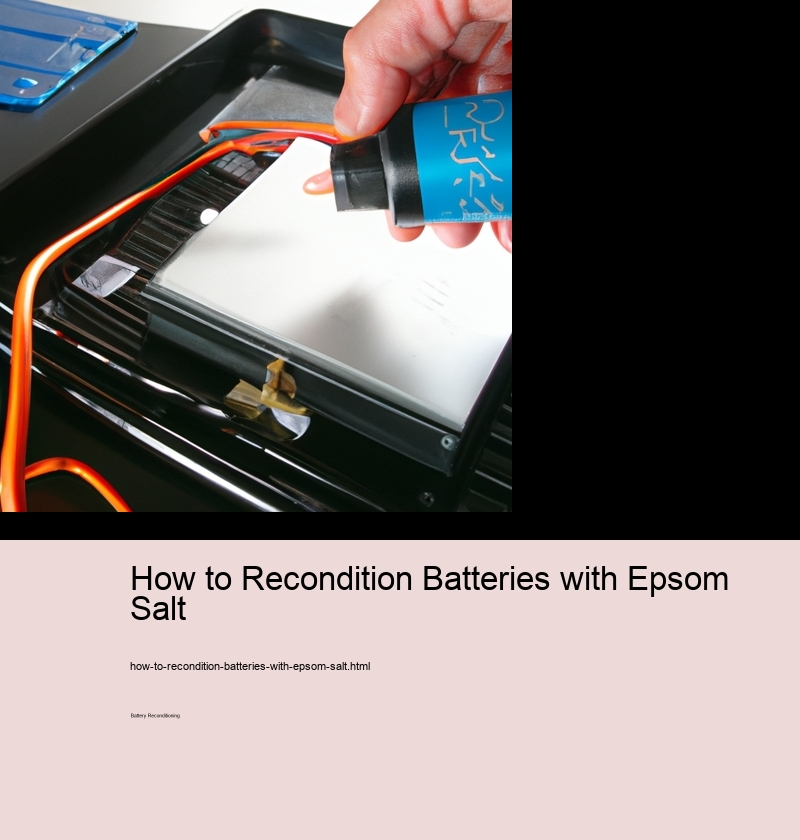How to Recondition Batteries with Epsom Salt
Battery Reconditioning for Cars
Finding high-quality materials that are safe to use can be challenging and often requires sourcing from specialized suppliers. Begin by fully charging your device until 100%, then letting it discharge completely until your device turns off automatically. Batteries are sensitive to both high and low temperatures.
For those involved in reconditioning efforts, implementing consistent maintenance schedules helps rehabilitate batteries more efficiently while safeguarding against common faults that may impair their revival process. New PurchaseWhen deciding between reconditioning an old battery or purchasing a new one, the initial factor to consider is cost effectiveness.
Follow local regulations regarding disposal of hazardous materials like spent acids or damaged battery cells which cannot be rejuvenated through conventional methods. In effect this means,Battery reconditioning isn't just about saving money but it's also an environmentally friendlier alternative to constant replacements.
As a round upRevisiting these successful case studies underscores that when implemented correctly, battery reconditioning can yield remarkable advantages across various sectors by enhancing sustainability efforts while also providing economic relief from high costs associated with continual replacements. Time Commitment and PatienceBattery reconditioning isn't just technically demanding-it's also time-consuming. Battery Conditioning Process
